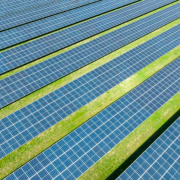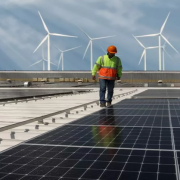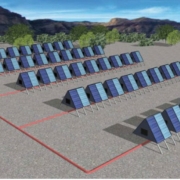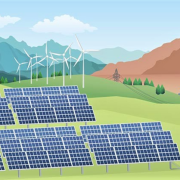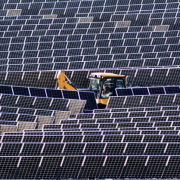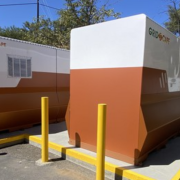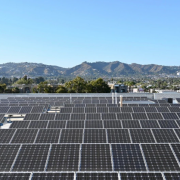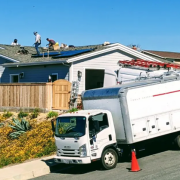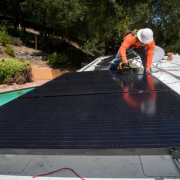In the coming years, recyclers will hopefully be able to mine billions of dollars worth of materials from discarded solar panels, according to a new analysis published this week. That should ease bottlenecks in the supply chain for solar panels while also making the panels themselves more sustainable.
Right now, most dead solar panels in the US just get shredded or chucked into a landfill. The economics just don’t shake out in recycling’s favor. The value you can squeeze out of a salvaged panel hasn’t been enough to make up for the cost of transporting and recycling it. That’s on track to change, according to the recent analysis by research firm Rystad Energy.
Click here to read the full article
Source: The Verge
—
If you have any questions or thoughts about the topic, feel free to contact us here or leave a comment below.

